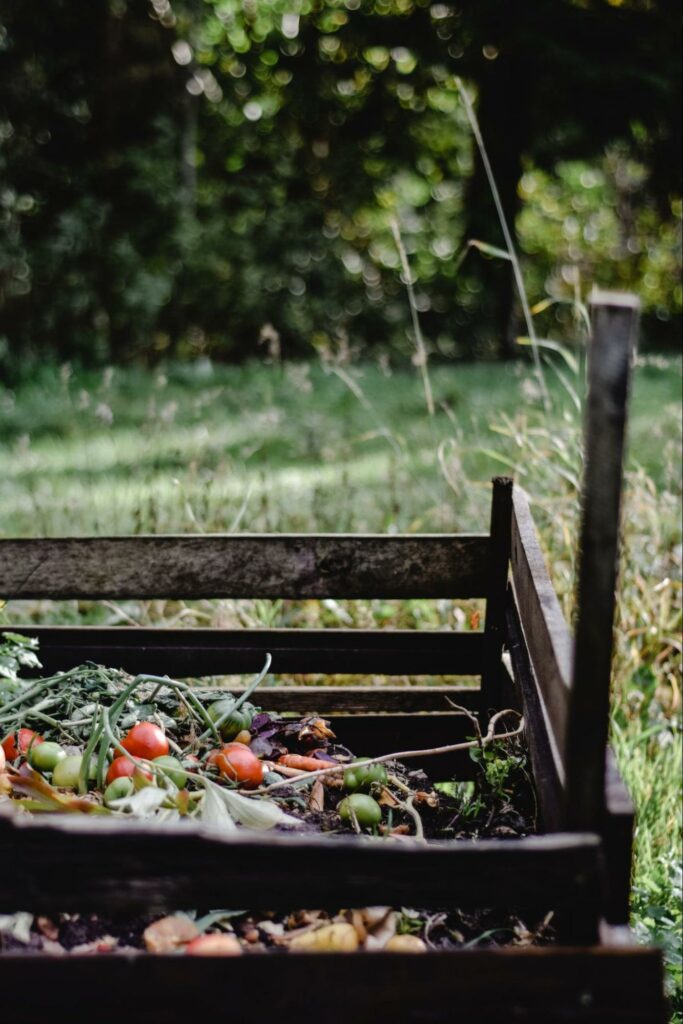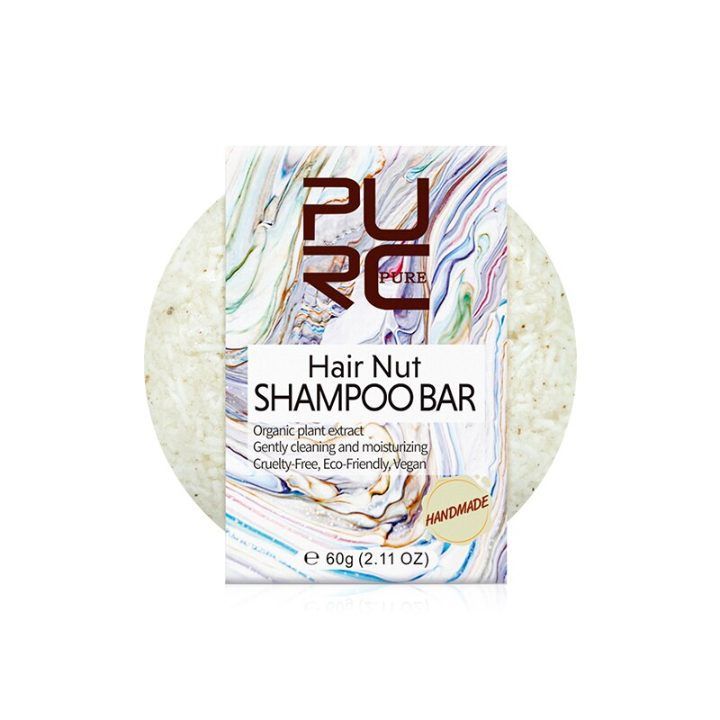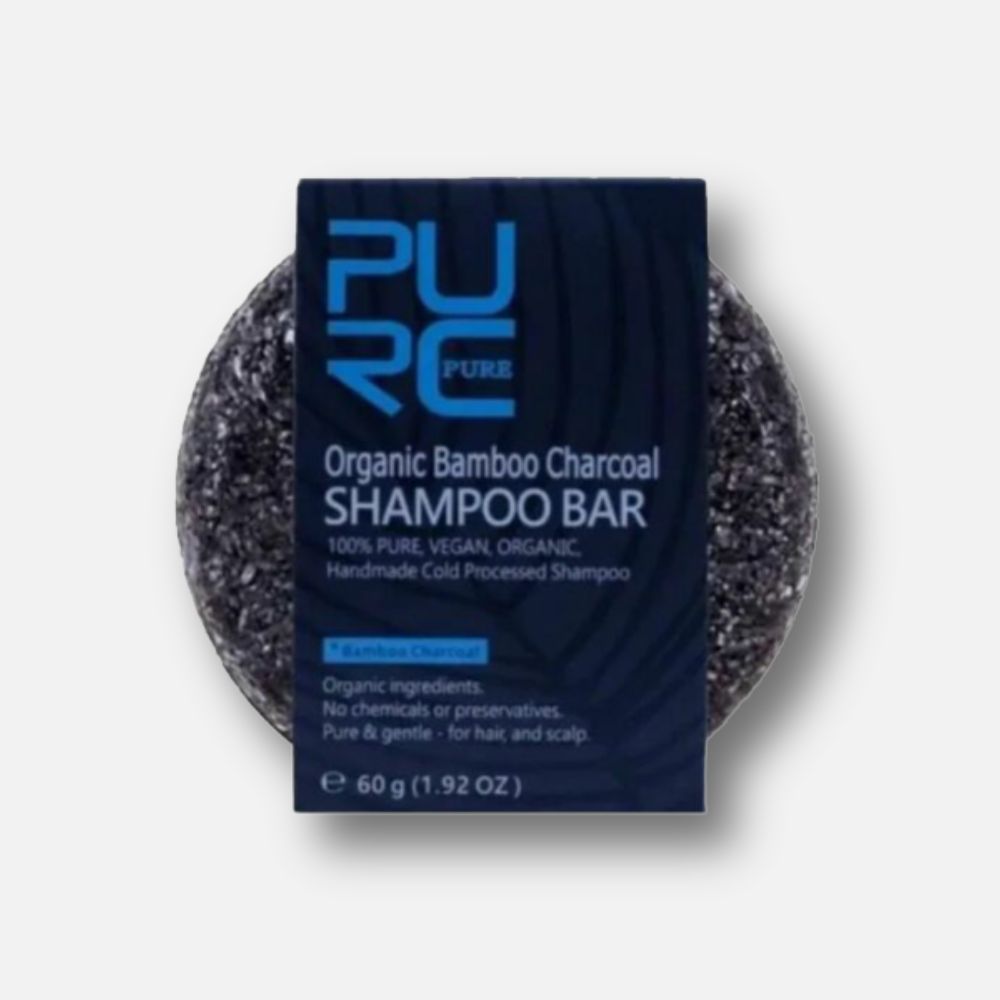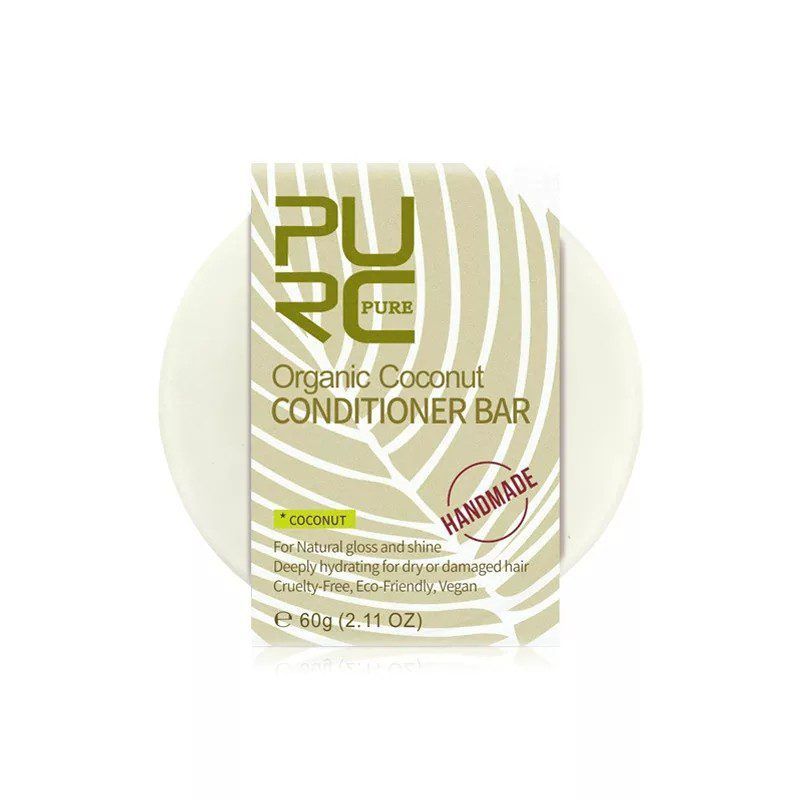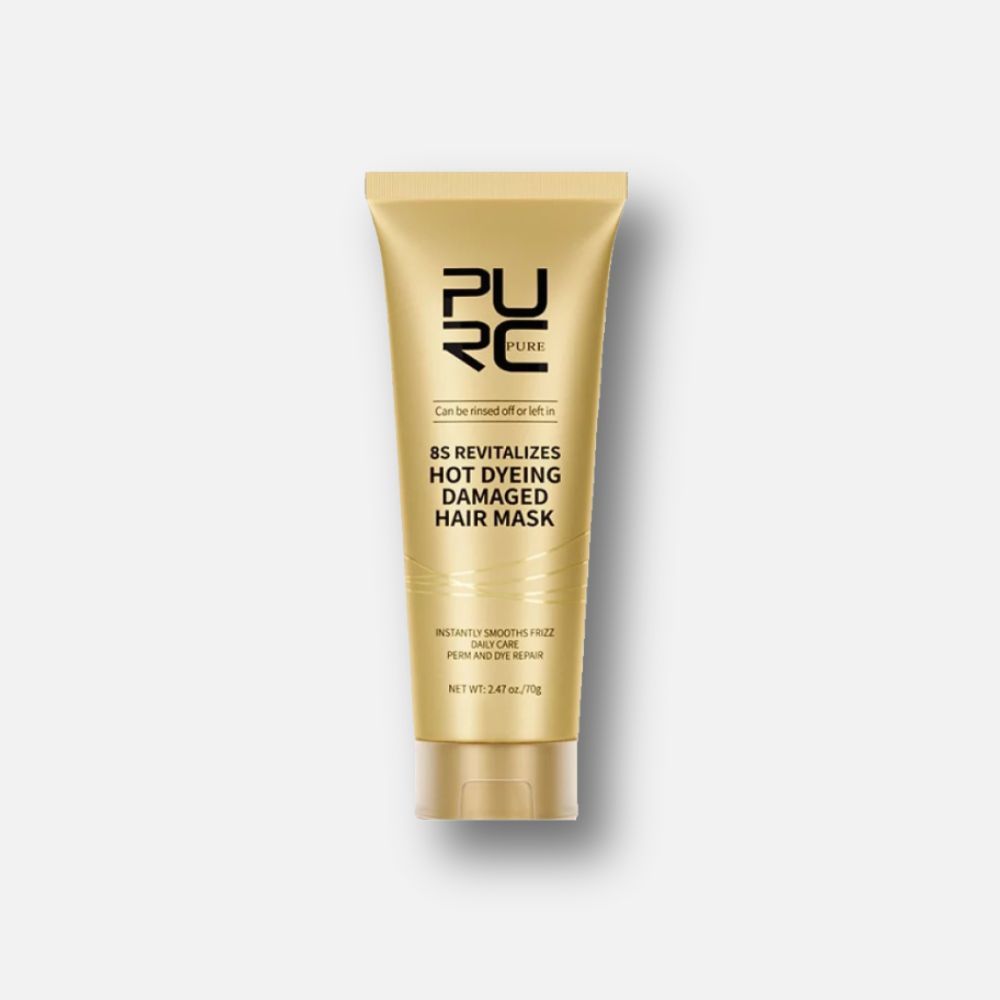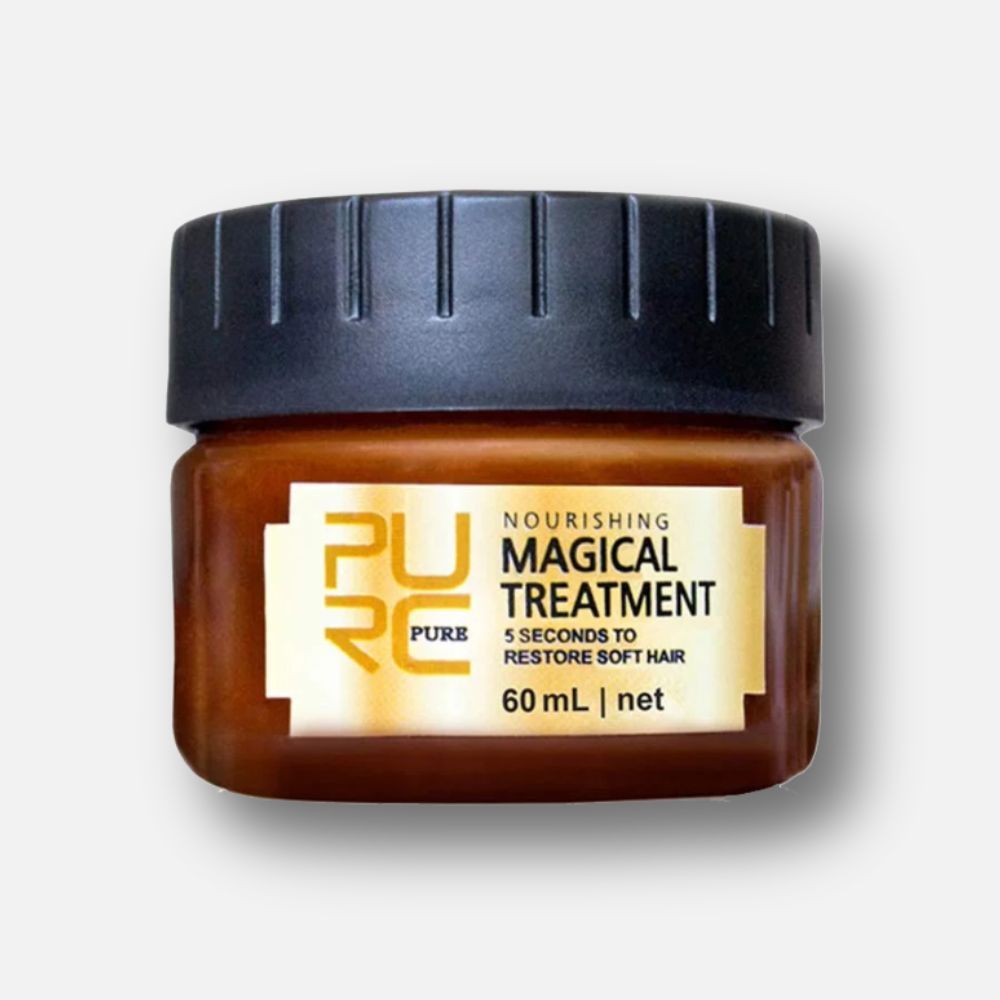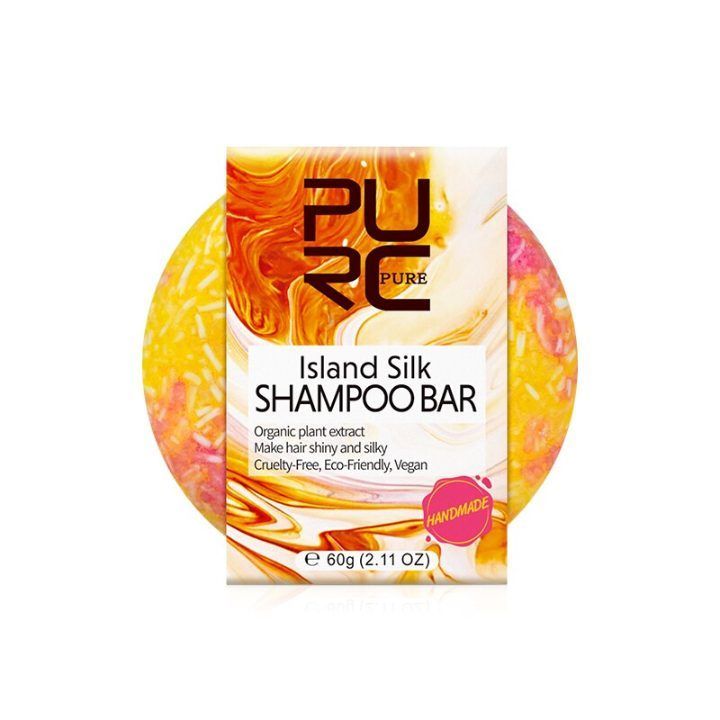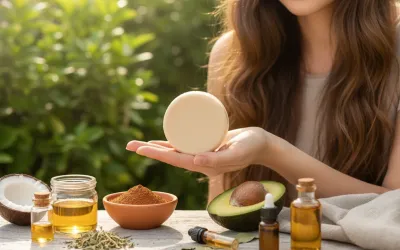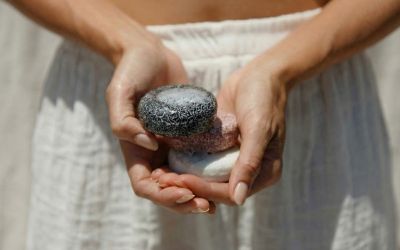
Before you buy that water bottle, hear us out!
According to a survey, nearly 2.21 billion tonnes of waste is dumped each year. This is because a large majority of the products we buy end up in the trash. Even though you might be giving your waste for recycling, only 30 percent of it is ever recycled. Due to this, a lot of people have turned towards Zero Waste Lifestyle.

Zero Waste is a lifestyle aimed at decreasing the amount of trash that you produce. It is a sustainable and minimalist approach towards life. It focuses on consuming less and wasting less. Although some practitioners try to reduce their yearly waste to a jar, the purpose of Zero Waste is to bring your waste as close to zero as possible.
But How Is Zero Waste Lifestyle Beneficial?
Zero Waste Lifestyle has a dual advantage. It is beneficial to the environment as well as to your pocket. When you make more sustainable and thoughtful choices, you influence the way products in the market function. While it might seem like going sustainable is hard, the truth is quite different. Being sustainable is as simple as buying thrifted clothes. These small steps can reduce extraction of resources, waste going to landfills, pollution levels and much more. Moreover, when you opt for small steps such as these, you save money as well. By choosing cheaper options and alternatives, you can avoid spending money on unnecessary products.
So How Do We Lead A Zero Waste Lifestyle?
Stop Using Plastic
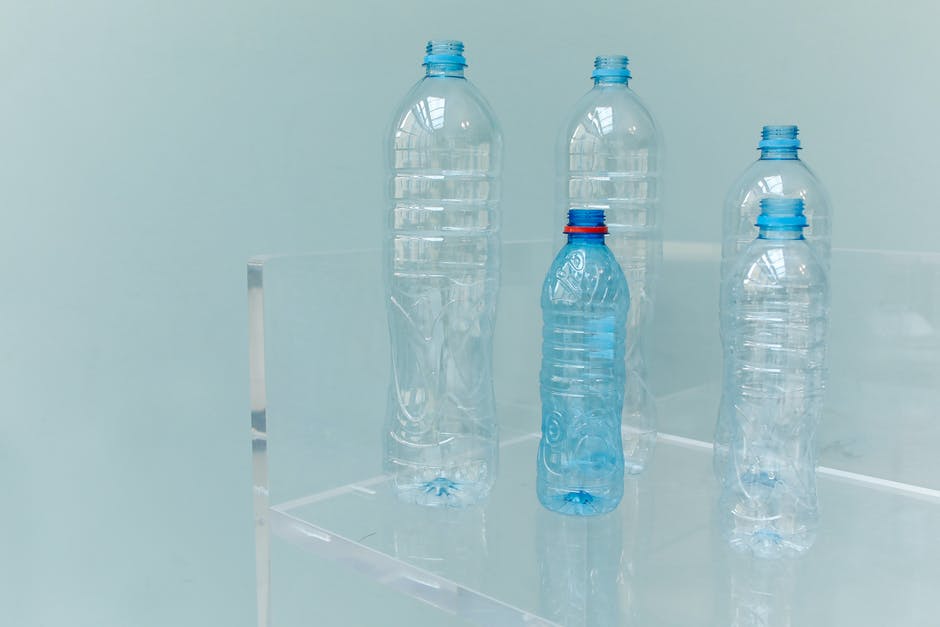
Probably the most common but crucial advice ever. Plastic is practically all over the place, from your grocery stores to your friend’s weekend party. It’s everywhere. Plastic is used for its cheap price, accessibility, and easy production, but it poses a big threat to the environment. Known for not being easily decomposed, nearly 380 million tonnes of plastic is disposed of each year.
While you can’t do much about its decomposition, you can help reduce its consumption.
By opting for reusable alternatives, you can save the planet and your money. You start by replacing plastic bottles with metal or glass water bottles that you can carry around. That way you don’t spend extra on packed water and add to the plastic waste. Similarly, using canvas or cloth bags instead of plastic and paper ones is another essential switch. You can even make your own cloth bags from old clothes that you might have. Another change is using bamboo or steel straws instead of plastic and paper ones. Some brands have also introduced reusable Q-tips and tissues.
Consume Sustainably
Try replacing your products with sustainable options. Certain products are known to cause harm to the environment. For instance, cosmetics containing chemicals, products with excess disposable packaging, single use products etc. All these items pose a threat to the environment.
Oftentimes, unthinkingly, we end up buying these products when we don’t even need them. Asking yourself the question, ‘Do I really need it?’ can help you minimise your consumption. This will in turn reduce the waste you produce. This also goes for buying new sustainable products. For instance, even if you want to switch your plastic toothbrush for a bamboo one, do so only after you have used your plastic one to the fullest.

Utilise the items you have. When you look around your house, you will find a lot of things you can make use of instead of buying new things. If something in your house is broken, it is better to fix it than buying a new product. In case you have something that you definitely don’t want, you can give it away to someone who might.
Follow The 5 Rs
We have all heard about the 3 Rs—Reuse, Reduce, Recycle. Zero Waste Lifestyle takes it a bit further. The concept of 5 Rs was introduced by Bae Johnson. She says, “Refuse what you do not need. Reduce what you do need. Reuse what you consume. Recycle what you cannot refuse, reduce, or reuse. And rot (compost) the rest.”
Refuse

Refuse what you do not need.
The simple logic here is that, if you don’t need it, then don’t buy it. It can be hard to refuse buying products when they are so heavily advertised.
But learning to say no can be very helpful. This will help you avoid buying things that you do not need and accumulating trash in your house.
Reduce
Reduce what you do need.
This means to limit the amount of products you use as much as possible. This could mean using less detergent, shampoo, appliances etc. Since you will use less, the waste you produce will also be less.
Reuse
Reuse what you consume.
Try to use each product multiple times. The aim is to extend the lifespan of the products you consume.
This could be done by repairing the items, giving them away, or reselling them.
It also consists of getting products that can be reused and not disposed of in a single use.
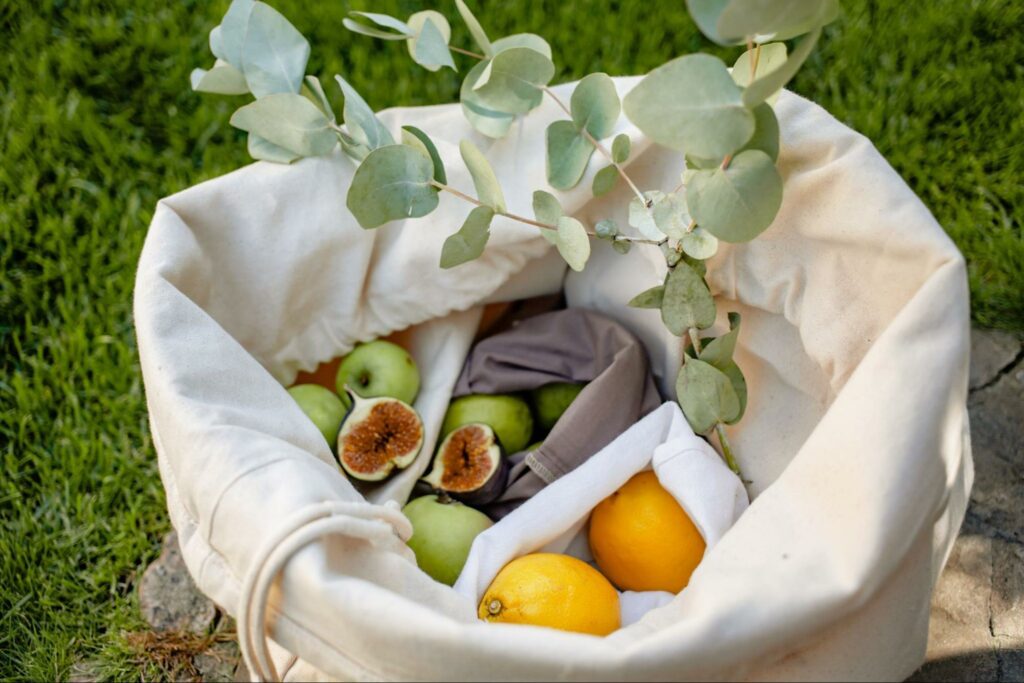
Recycle
Recycle what you cannot refuse, reduce, or reuse.
If there are certain things that you absolutely cannot refuse, reduce, or reuse, then recycle it. Simply throwing away the things will not be helpful. Although not all items can be recycled and will ultimately pollute the environment. These are usually the items you should try to refuse or reduce.
Rot
And rot (compost) the rest.
Whatever is left should be made into a compost. This includes items like food scraps, fruit and vegetable peels, paper pieces and so on. This compost can then be used to help provide nutrients back to the soil.
Conclusion
Having a Zero Waste Lifestyle might seem like a tough job. But as you start living more sustainably you will realise the benefits of it. You will be saving the environment and your money one step at a time.
